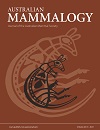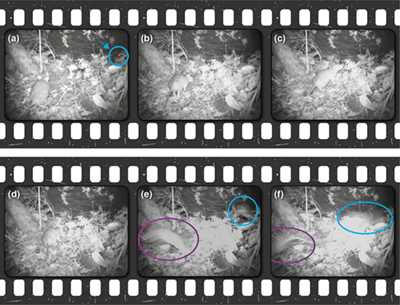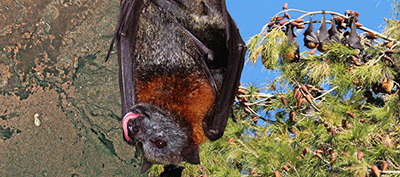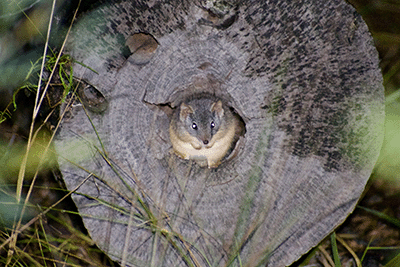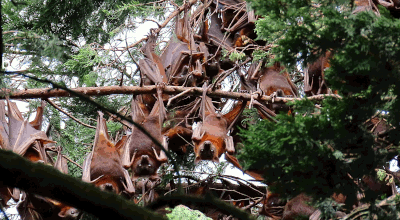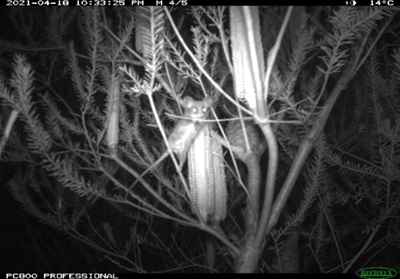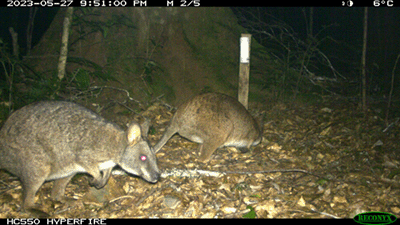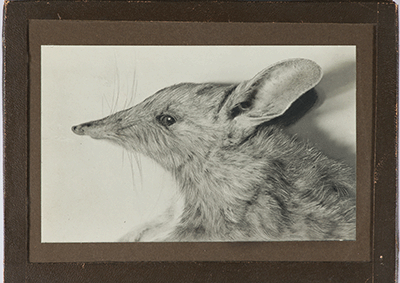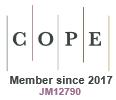AM24028Environmental variables that influence platypus (Ornithorhynchus anatinus) eDNA detection: an insight into eDNA study design for platypus occupation
Understanding platypus distribution in challenging environments is crucial but difficult owing to their elusive nature and inaccessible habitats. We leveraged environmental DNA technology to detect platypuses across diverse conditions in Kosciuszko National Park, showing that eDNA can uncover platypuses in new high-altitude locations and is influenced by altitude, stream order, and seasonality. These findings highlight the potential of eDNA to improve wildlife monitoring, and underscore the need for refining eDNA survey designs to enhance viability and interpretation across different environmental variables.
This article belongs to the collection: Recent research on the platypus.
AM24028 Abstract | AM24028 Full Text | AM24028PDF (3.3 MB) Open Access Article


